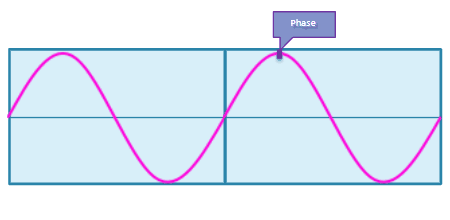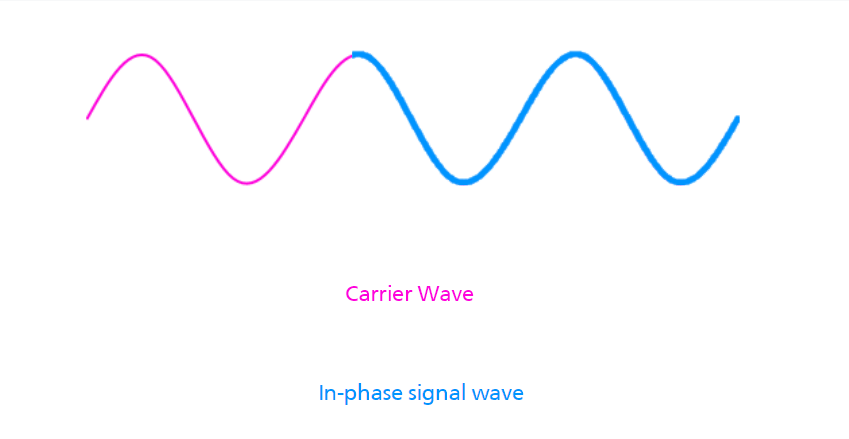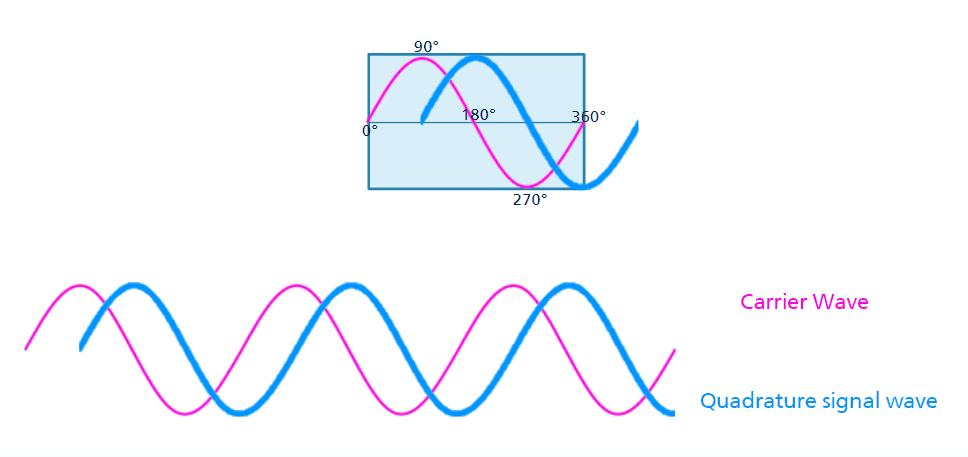What are I and Q Signals?
Using I and Q signals is a way to modulate two signals that can be transmitted on the same carrier wave simultaneously. This makes it easier to separate the many different signals that an RF signal consists of as they get added to the RF carrier signal in two different ways.
But what are I/Q signals?
When dealing with waves or waveforms as they are also known, Hertz is the unit used to determine the frequency of the wave. 1 Hz relates to 1 cycle per second. A wave transmitted at 56 MHz means 56 million cycles per second of that wave.

A phase is the position of a point in time on a waveform cycle. A complete cycle is defined as the interval required for the waveform to return to its arbitrary initial value.

I-Signals
When we refer to I-signals, the I stands for in-phase.
This means that the signal with the information is transmitted in the same phase as the carrier wave.

Q-Signals
When we refer to Q-signals, the Q stands for quadrature.
One cycle of the waveform is the phase travelling through 360°. A quadrature signal is a signal that is transmitted at 90° to the carrier wave.

